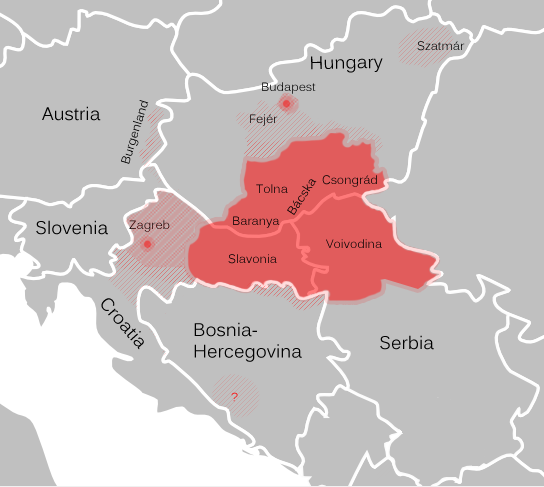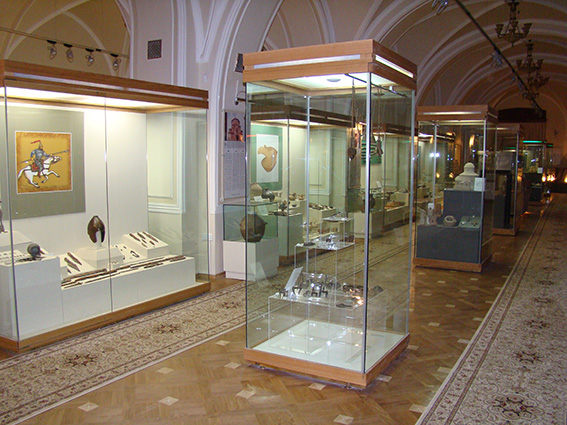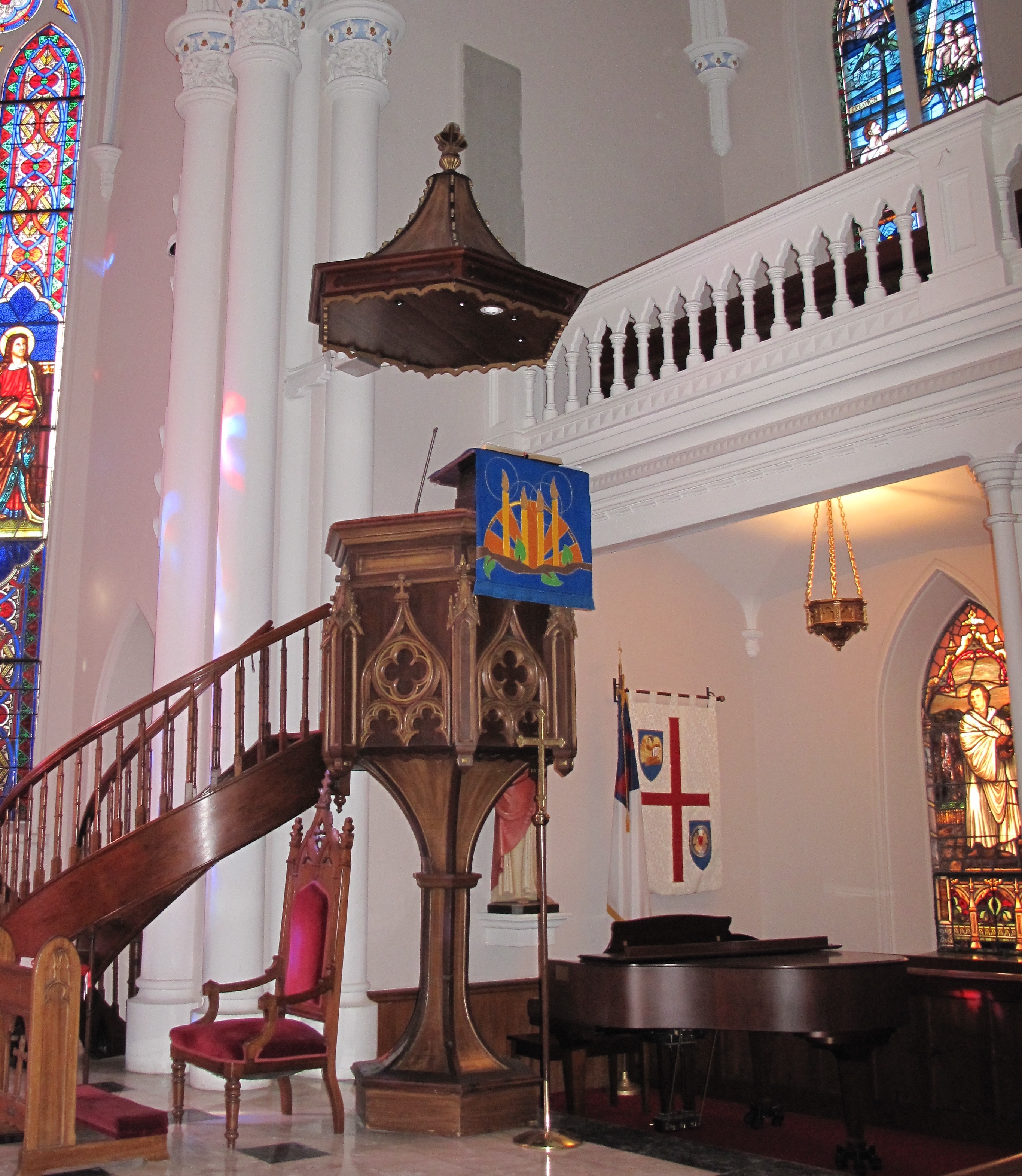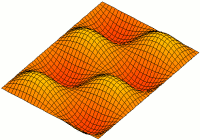|
Chonguri
The choghur (; ka, ჩონგური) is a plucked string musical instrument common in Azerbaijan and Georgia. It has 4 nylon strings. The choghur dates back to the 12th to 16th centuries, the period between the gopuz and the Bağlama. In the Caucasus, Iran and Anatolia, and in Sufi traditions, darvishes and ashugs used an instrument called the "chaghyr" /"chagur"/ "chugur" / "choghur" / "chungur". Presumably, the name "choghur" means "the musical instrument used to appeal to God and truth". In Azerbaijani the word "chaghir" means "to call", "to appeal". It may be assumed that the name of the instrument originates from the expression "chal-chaghyr" (festivity or celebration), which was later changed to "choghur". Various historical sources indicate that the choghur was used to create a high battle spirit among the soldiers of the medieval Safavid state's army. In the " Jahanarai Shah Ismayil Safavi" annals, describing the situation at the beginning of the 16th cen ... [...More Info...] [...Related Items...] OR: [Wikipedia] [Google] [Baidu] |
Tamburica
Tamburica ( or ; sometimes written tamburrizza or tamburitza; sh-Latn-Cyrl, separator=" / ", tamburica, тамбурица, little tamboura) or tamboura (; ) refers to a family of long-necked lutes popular in Southeast Europe and southeastern Central Europe, especially Bosnia and Herzegovina, Croatia (of which it is the national string instrument), Hungary, Serbia (in Vojvodina, Mačva, and Posavo- Tamnava), and Slovenia. It is also known in Burgenland, Austria. All took their name and some characteristics from the Persian tanbur but also resemble the mandolin and guitar in the sense that its strings are plucked and often paired. The frets may be moveable to allow the playing of various modes. The variety of tamburica shapes known today were developed in Serbia and Croatia by a number of indigenous contributors near the end of the 19th century. History There is little reliable data showing how the tamboura entered Central Europe. It already existed during Byzantine Empire ... [...More Info...] [...Related Items...] OR: [Wikipedia] [Google] [Baidu] |
National Museum Of History Of Azerbaijan
The National Museum of History of Azerbaijan () is the largest museum in Azerbaijan. It is located in Baku, in the former residential house of Azerbaijani oil magnate and philanthropist Haji Zeynalabdin Taghiyev. The museum was founded in 1920, following the Russian takeover of Baku, and opened to visitors in 1921. History The museum's building was constructed between 1895 and 1901, originally as a residence for the Taghiyev family. It was designed by Polish architect Józef Gosławski, in imitation of the Italian Renaissance style. It is large, stretching over an entire block and reaching four floors in some parts. Since 1914, Baku Commercial Bank, which was headed by Taghiyev, had been situated in the mansion. When the Red Army entered Baku in April 1920, Taghiyev's residence was immediately confiscated. Under a resolution of the USSR People's Commissariat, the residence was established as the State Historical Museum in June 1920, just two months after the Bolsheviks took B ... [...More Info...] [...Related Items...] OR: [Wikipedia] [Google] [Baidu] |
Bağlama
The bağlama or saz is a family of plucked string instruments and long-necked lutes used in Europe, Balkans, Caucasus, Middle East, Khazar, Central Asia including Germany, France, Belgium, TRNC, Netherlands, Albania, Greece,Bosnia, Serbia, Croatia, Bulgaria, North Macedonia, Russia, Armenia, Azerbaijan, Turkmenistan, Uzbekistan, Kyrgyzstan, Iran, Iraq, Syria, Lebanon and Turkey. It is commonly used by Ashik, ashiks. Name According to ''The New Grove Dictionary of Music and Musicians'', "the terms 'bağlama' and 'saz' are used somewhat interchangeably in Turkey. 'Saz' is generally used interchangeably with 'enstrüman' (instrument) and it is used to refer single or group of musical instruments like 'üflemeli sazlar' (Wind instrument, wind instruments). Bağlama scale The scale (music), musical scale of the bağlama differs from that of many western instruments – such as the guitar – in that it features ratios that are close to quarter tones. The traditional ratios for bağla ... [...More Info...] [...Related Items...] OR: [Wikipedia] [Google] [Baidu] |
Octave
In music, an octave (: eighth) or perfect octave (sometimes called the diapason) is an interval between two notes, one having twice the frequency of vibration of the other. The octave relationship is a natural phenomenon that has been referred to as the "basic miracle of music", the use of which is "common in most musical systems". The interval between the first and second harmonics of the harmonic series is an octave. In Western music notation, notes separated by an octave (or multiple octaves) have the same name and are of the same pitch class. To emphasize that it is one of the perfect intervals (including unison, perfect fourth, and perfect fifth), the octave is designated P8. Other interval qualities are also possible, though rare. The octave above or below an indicated note is sometimes abbreviated ''8a'' or ''8va'' (), ''8va bassa'' (, sometimes also ''8vb''), or simply ''8'' for the octave in the direction indicated by placing this mark above or below the staff. ... [...More Info...] [...Related Items...] OR: [Wikipedia] [Google] [Baidu] |
Sounding Board
A sounding board, also known as a tester and abat-voix is a structure placed above and sometimes also behind a pulpit A pulpit is a raised stand for preachers in a Christian church. The origin of the word is the Latin ''pulpitum'' (platform or staging). The traditional pulpit is raised well above the surrounding floor for audibility and visibility, accesse ... or other speaking platform that helps to project the sound of the speaker. It is usually made of wood. The structure may be specially shaped to assist the projection, for example, being formed as a parabolic reflector. In the typical setting of a church building, the sounding board may be ornately carved or constructed. The term "abat-voix," from the French word for the same thing (''abattre'' (“to beat down”) + ''voix'' (“voice”)), is also used in English. The term “sounding board” is also used figuratively to describe a person who listens to a speech or proposal in order that the speaker may rehears ... [...More Info...] [...Related Items...] OR: [Wikipedia] [Google] [Baidu] |
Resonator
A resonator is a device or system that exhibits resonance or resonant behavior. That is, it naturally oscillates with greater amplitude at some frequencies, called resonant frequencies, than at other frequencies. The oscillations in a resonator can be either electromagnetic or mechanical (including acoustic). Resonators are used to either generate waves of specific frequencies or to select specific frequencies from a signal. Musical instruments use acoustic resonators that produce sound waves of specific tones. Another example is quartz crystals used in electronic devices such as radio transmitters and quartz watches to produce oscillations of very precise frequency. A cavity resonator is one in which waves exist in a hollow space inside the device. In electronics and radio, microwave cavities consisting of hollow metal boxes are used in microwave transmitters, receivers and test equipment to control frequency, in place of the tuned circuits which are used at lowe ... [...More Info...] [...Related Items...] OR: [Wikipedia] [Google] [Baidu] |
Neck (music)
The neck is the part of certain string instruments that projects from the main body and is the base of the fingerboard, where the fingers are placed to stop the strings at different pitches. Guitars, banjos, ukuleles, lutes, the violin family, and the mandolin family are examples of instruments which have necks. Necks are also an integral part of certain woodwind instruments, such as the saxophone. The word for neck also sometimes appears in other languages in musical instructions. The terms include ''manche'' (French), ''manico'' (Italian), and ''Hals'' (German). Guitar The neck of a guitar includes the guitar's frets, fretboard, tuners, headstock, and truss rod. The wood used to make the fretboard will usually differ from the wood in the rest of the neck. The bending stress on the neck is considerable, particularly when heavier gauge strings are used, and the ability of the neck to resist bending is important to the guitar's ability to hold a constant pitch duri ... [...More Info...] [...Related Items...] OR: [Wikipedia] [Google] [Baidu] |
Museum
A museum is an institution dedicated to displaying or Preservation (library and archive), preserving culturally or scientifically significant objects. Many museums have exhibitions of these objects on public display, and some have private collections that are used by researchers and specialists. Museums host a much wider range of objects than a library, and they usually focus on a specific theme, such as the art museums, arts, science museums, science, natural history museums, natural history or Local museum, local history. Public museums that host exhibitions and interactive demonstrations are often tourist attractions, and many draw large numbers of visitors from outside of their host country, with the List of most-visited museums, most visited museums in the world attracting millions of visitors annually. Since the establishment of Ennigaldi-Nanna's museum, the earliest known museum in ancient history, ancient times, museums have been associated with academia and the preserva ... [...More Info...] [...Related Items...] OR: [Wikipedia] [Google] [Baidu] |
Fret
A fret is any of the thin strips of material, usually metal wire, inserted laterally at specific positions along the neck or fretboard of a stringed instrument. Frets usually extend across the full width of the neck. On some historical instruments and non-European instruments, frets are made of pieces of string tied around the neck. Frets divide the neck into fixed segments at intervals related to a musical framework. On instruments such as guitars, each fret represents one semitone in the standard western system, in which one octave is divided into twelve semitones. ''Fret'' is often used as a verb, meaning simply "to press down the string behind a fret". ''Fretting'' often refers to the frets and/or their system of placement. Explanation Pressing the string against the fret reduces the vibrating length of the string to that between the bridge and the next fret between the fretting finger and the bridge. This is damped if the string were stopped with the soft fingert ... [...More Info...] [...Related Items...] OR: [Wikipedia] [Google] [Baidu] |
Annals
Annals (, from , "year") are a concise history, historical record in which events are arranged chronology, chronologically, year by year, although the term is also used loosely for any historical record. Scope The nature of the distinction between annals and history is a subject based on divisions established by the ancient Romans. Verrius Flaccus, quoted by Aulus Gellius, stated that the etymology of ''history'' (from Ancient Greek, Greek , , equated with Latin , "to inquire in person") properly restricts it to primary sources such as Thucydides's which have come from the author's own observations, while annals record the events of earlier times arranged according to years. Hayden White distinguishes annals from chronicles, which organize their events by topics such as the reigns of kings, and from histories, which aim to present and conclude a narrative implying the moral importance of the events recorded. Generally speaking, annalists record events drily, leaving the entries u ... [...More Info...] [...Related Items...] OR: [Wikipedia] [Google] [Baidu] |
Ismail I
Ismail I (; 17 July 1487 – 23 May 1524) was the founder and first shah of Safavid Iran, ruling from 1501 until his death in 1524. His reign is one of the most vital in the history of Iran, and the Safavid period is often considered the beginning of modern Iranian history.. Under Ismail, Iran was unified under native rule for the first time since the Islamic conquest of the country eight-and-a-half centuries earlier. Ismail inherited leadership of the Safavid Sufi order from his brother as a child. His predecessors had transformed the religious order into a military movement supported by the Qizilbash (mainly Turkoman Shiite groups). The Safavids took control of Azerbaijan, and in 1501 Ismail was crowned as king (''padshah''). In the following years, Ismail conquered the rest of Iran and other neighboring territories. His expansion into Eastern Anatolia brought him into conflict with the Ottoman Empire. In 1514, the Ottomans decisively defeated the Safavids at the Battle o ... [...More Info...] [...Related Items...] OR: [Wikipedia] [Google] [Baidu] |
Safavid Iran
The Guarded Domains of Iran, commonly called Safavid Iran, Safavid Persia or the Safavid Empire, was one of the largest and longest-lasting Iranian empires. It was ruled from 1501 to 1736 by the Safavid dynasty. It is often considered the beginning of History of Iran, modern Iranian history, as well as one of the gunpowder empires. The Safavid List of monarchs of Persia, Shāh Ismail I, Ismā'īl I established the Twelver denomination of Shia Islam, Shīʿa Islam as the Safavid conversion of Iran to Shia Islam, official religion of the empire, marking one of the most important turning points in the history of Islam. An Iranian dynasty rooted in the Sufi Safavid order founded by sheikhs claimed by some sources to be of Kurds, Kurdish origin, it heavily intermarried with Turkoman (ethnonym), Turkoman, Georgians, Georgian, Circassians, Circassian, and Pontic Greeks, Pontic GreekAnthony Bryer. "Greeks and Türkmens: The Pontic Exception", ''Dumbarton Oaks Papers, Vol. 29'' (1975), ... [...More Info...] [...Related Items...] OR: [Wikipedia] [Google] [Baidu] |







